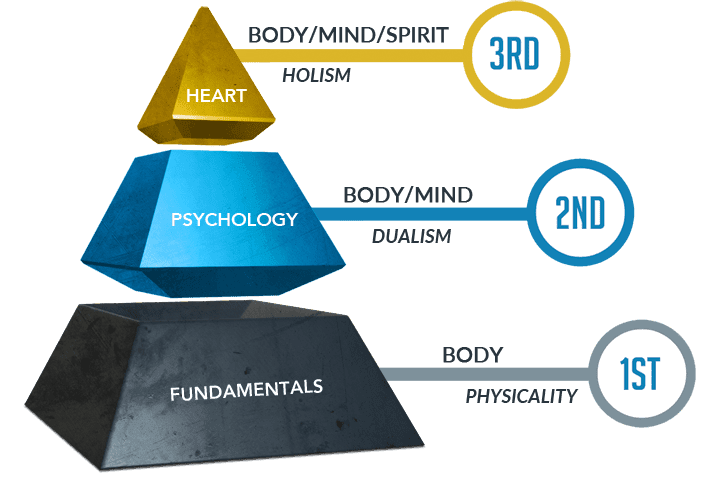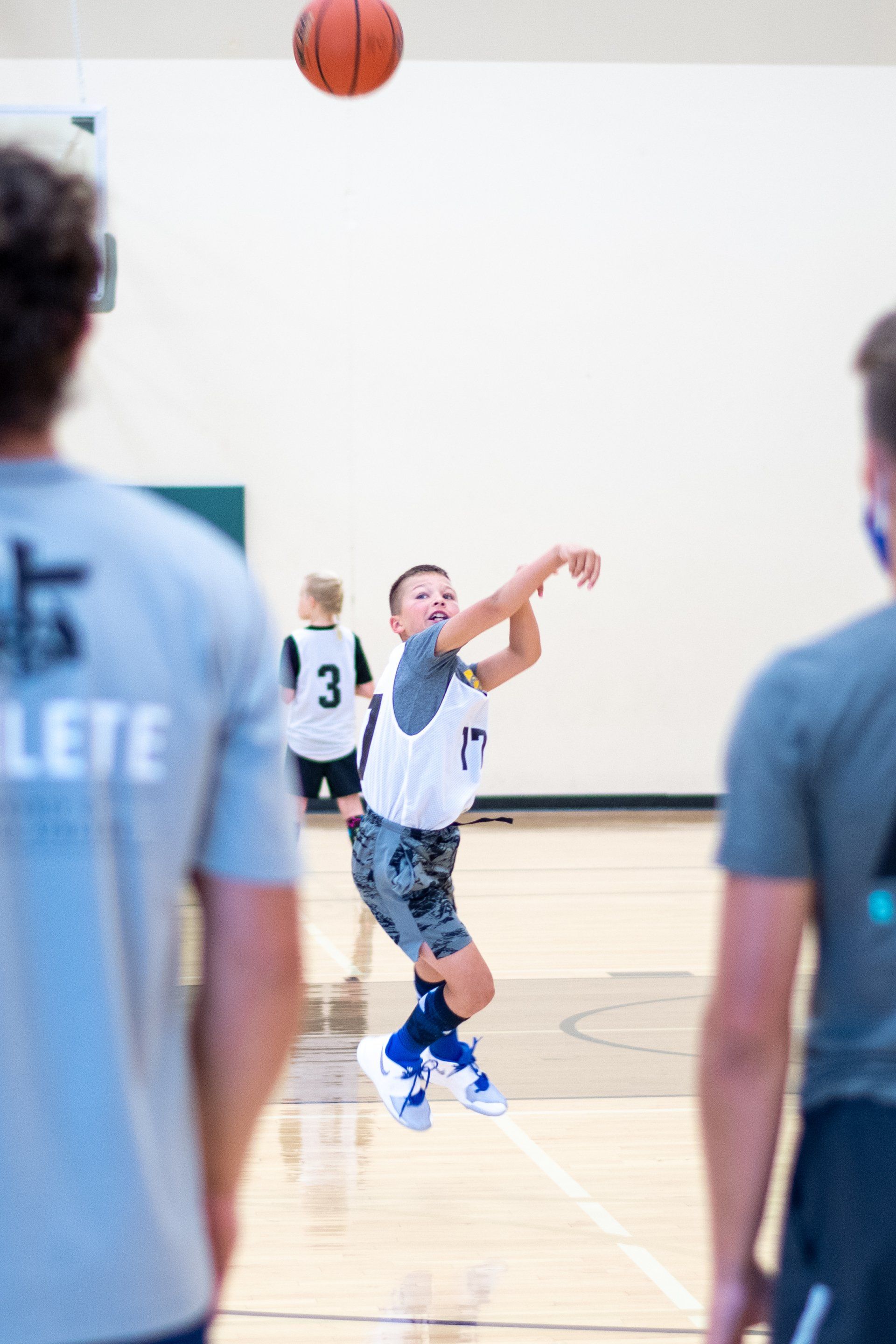Capturing the Heart Behind the Jersey
Sometimes it is the simple things that make the biggest impact. Coaches want results and can spend hours and months and entire seasons working their tails off in the first dimension with less than stellar results from their teams and athletes. But when coaches show their athletes that they care about them on and off the field, the results change dramatically. When athletes know they are cared for and see their coaches serving them, they step up to the plate.
One coach visited the homes of his athletes. One athlete was a young man who had missed 23 days of school and though naturally talented, was unmotivated at practice. He told the coach he didn’t have to come over, but the coach insisted that he was visiting all of his players. A visit that was supposed to last fifteen minutes turned into two hours. The coach formed a connection with the boy’s family and showed his athlete that he cared about more than his athletic ability. He never missed another day of school and was awarded a football scholarship for college. All because one coach showed he cared.
Peer Modeling
When 3D coaches model good character to their athletes, their athletes will follow suit. And when athletes model to other athletes, both build character and strength. The author of 3D Coach Jeff Duke shared the story of a senior football player who was a good blocker but had not assumed any leadership on the team. The coach asked him to model his blocking techniques to a younger player. At the next game, that younger player executed the block so that the team scored a touchdown. The next day, that senior showed up in his coach’s office and wanted to know how else he could help. Not only did this peer modeling help the team move closer to victory, but it raised up a new leader in this senior lineman.






